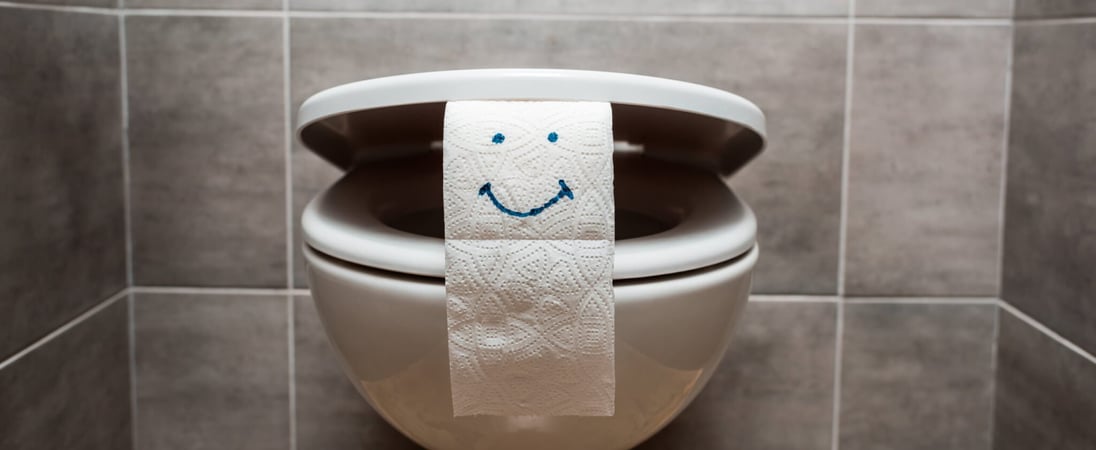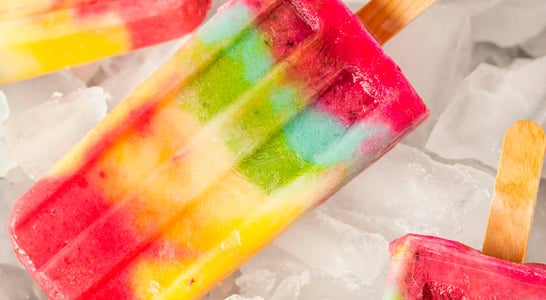
National Toilet Paper Day
Keeping the bathroom clean and hygienic, this everyday item is essential for daily life, ensuring comfort and convenience.
Throughout human history, people have made use of all sorts of different creative ways to take care of their personal toilet hygiene. Items of nature have certainly been part of the list, including leaves, corn cobs, and even sponges that were attached to a long stick and used communally.
Toilet paper began its wide use in China by the 6th century. And by the 14th century, the Chinese had made advancements in toilet care, producing packages of special paper people could use in their wiping endeavors. In fact, it is estimated that the culture produced at least 10 million packages of toilet paper each year!
During this time in China, the royalty had access to special toilet paper. In 1391, the toilet paper that was made for the emperor had each sheet specially perfumed.
During the 18th century, when newspapers and magazines arrived on the scene in the West, these were often read and then re-purposed for use in the outhouse or Water Closet (WC). In fact, the Sears catalog and the Farmer’s Almanac were two legendary forms of paper that eventually ended up in the toilet. The story goes that Farmer’s Almanac began pre-drilling holes into the tops of their books in 1919, to allow people to easily hang them from the walls of their outhouses.
Modern, commercially available toilet paper came into common use in the mid-1800s in the United States. This was when Joseph Gayetty of New York began the production of what he called “Medicated Paper for the Water Closet”.
By the end of the 19th century, toilet paper began appearing in perforated rolls that made it more convenient for people to use. Companies began advertising their toilet paper as being “splinter free”. The Scott brothers founded the Scott Paper Company in 1879 and it started selling toilet paper in rolls in 1890.
National Toilet Paper Day Timeline
1st Century AD
Toilet sponges are used
In the Roman world, a sponge is attached to a stick and used for communal wiping.[1]
6th Century AD
Toilet paper references are made in China
Scholar official Yan Zhitui writes about not using certain books “for toilet purposes”.
1391
Toilet Paper is used by Chinese royalty
Made to meet the needs of the Emperor and his family during the Song Dynasty, this toilet paper is even perfumed. [2]
1857
Toilet Paper sheets are marketed in New York
Modern-style toilet paper becomes commercially available in New York and is sold as “medicated paper for the Water Closet.”[3]
1890
Scott toilet paper is first sold on a roll
The Scott Paper Company of Philadelphia begins selling toilet paper in convenient rolls.[4]
How to Celebrate National Toilet Paper Day
People often take for granted the convenience of modern toilet paper that is soft and strong. But if ever there was a day worth celebrating that could impact almost every human being on the planet, it’s National Toilet Paper Day! Check out some of these ideas for getting involved in the day:
Don’t Run Out of Toilet Paper
Many people have experienced the panic that goes with the inconvenience of running out of toilet paper. Whether it’s due to a lack of ability to get to the store, or a problem with shortages, National Toilet Paper Day is a great time for people to make sure they have the supplies they need. Instead of hoarding, one super way to do this is to sign up for a subscription so toilet paper will be delivered to your home on a regular basis.
Learn Fun Facts About Toilet Paper
Sharing silly trivia and ridiculous facts with friends or coworkers is part of the fun of celebrating National Toilet Paper Day! Get started with some of these bits of trivia collected around the day:
-
One person’s lifetime usage of toilet paper, if made from virgin paper, would take around 384 trees to make! Of course, using toilet paper that has been recycled from other purposes helps to cut down on this extensively.
-
In many countries across the world, especially older cultures where their plumbing infrastructures are not modern, the toilet paper is not flushed down the toilet. This includes places like Greece, Turkey, Beijing, Egypt, Bulgaria, Morocco, Montenegro and others. In these places, bathrooms often have special receptacles in which to place the toilet paper.
-
In the 1950s, colored toilet paper was popular because it was considered to be a cool decorating hack to “match” the pastel color of the toilet paper to the bathroom decor. However, when it was learned that the dyes in the toilet paper were perhaps not hygienic as well as possibly having a negative impact on the environment. The last company to discontinue this practice in the US was Scott in 2004.
-
Toilet paper has been made from all kinds of things, including gold. One manufacturer makes toilet paper out of 22 carat gold with one roll costing more than $1,300,000. This is the equivalent of literally flushing money down the toilet!
Make Wise Toilet Paper Decisions
National Toilet Paper Day is a great opportunity to learn more about toilet paper usage and then make the best decisions for the family. Many people don’t realize that just the use of toilet paper takes a big toll on the earth’s resource. In fact, the global demand for toilet paper requires approximately 30,000 trees each day, or 10 million trees throughout the course of a year.
This is the reason that using toilet paper made from recycled paper or other more sustainable options does a great favor for the planet. Of course, many people around the world completely forgo the use of toilet paper and, instead, make use of a bidet in their bathrooms. But this might be an impractical solution for many people.
So, in honor of National Toilet Paper Day, perhaps take a bit of time to look at the toilet paper habits of your household and consider ways this might be able to be adjusted to reduce the consumer impact on the planet.
Try out one of these sustainable toilet paper options:
- Bamboo Toilet Paper. Because bamboo grows so quickly, it is a sustainable, renewable resource that is eco-friendly and reduces the use of the planet’s trees. Some popular companies for bamboo TP are Reel and Tushy.
- Recycled Fiber Toilet Paper. It makes a lot of sense to make toilet paper out of fibers that have already been used for something else. One company doing this is Who Gives a Crap, which makes their recycled toilet paper completely from recycled office paper–and they offer a subscription service so families never have to worry about buying toilet paper at the store again!
- Free From Plastic Packaging. One of the concerns about toilet paper is not only the paper itself, but the plastic packaging it comes in. Give up the plastic and opt to use a brand that used paper and cardboard packaging.
National Toilet Paper Day FAQs
When was toilet paper invented?
Toilet paper was first produced in stacks of sheets and available commercially in New York City in 1857.[1]
What is toilet paper made of?
Toilet paper is mostly made out of “pulp” that comes from paper, whether recycled virgin tree pulp, or hemp plants.[2]
Is toilet paper biodegradable?
Yes, toilet paper is made from paper or other natural materials like wood pulp, so it will eventually degrade.[3]
Who invented toilet paper?
A man named Joseph Gayetty is credited with the invention of modern toilet paper.[4]
Are toilet paper rolls recyclable?
The empty center roll of toilet paper and paper towel rolls can be recycled or composted.[5]
Also on ...
View all holidaysNational Dog Day
There's nothing like the wag of a tail to brighten your day. From big to small, fluffy to sleek, dogs bring joy and love to our lives.
National Cherry Popsicle Day
Cool down with a sweet, tart, cold cherry popsicle. Buy some at the store, or make your own with a popsicle mold and just a few simple ingredients.
National Webmistress Day
Honor the webmistresses of the world, those brilliant women who work hard to design and maintain the websites we rely on for work, social media, and fun.
National Women’s Equality Day
Empowering women to reach their full potential and creating a world where gender doesn't limit opportunities.




